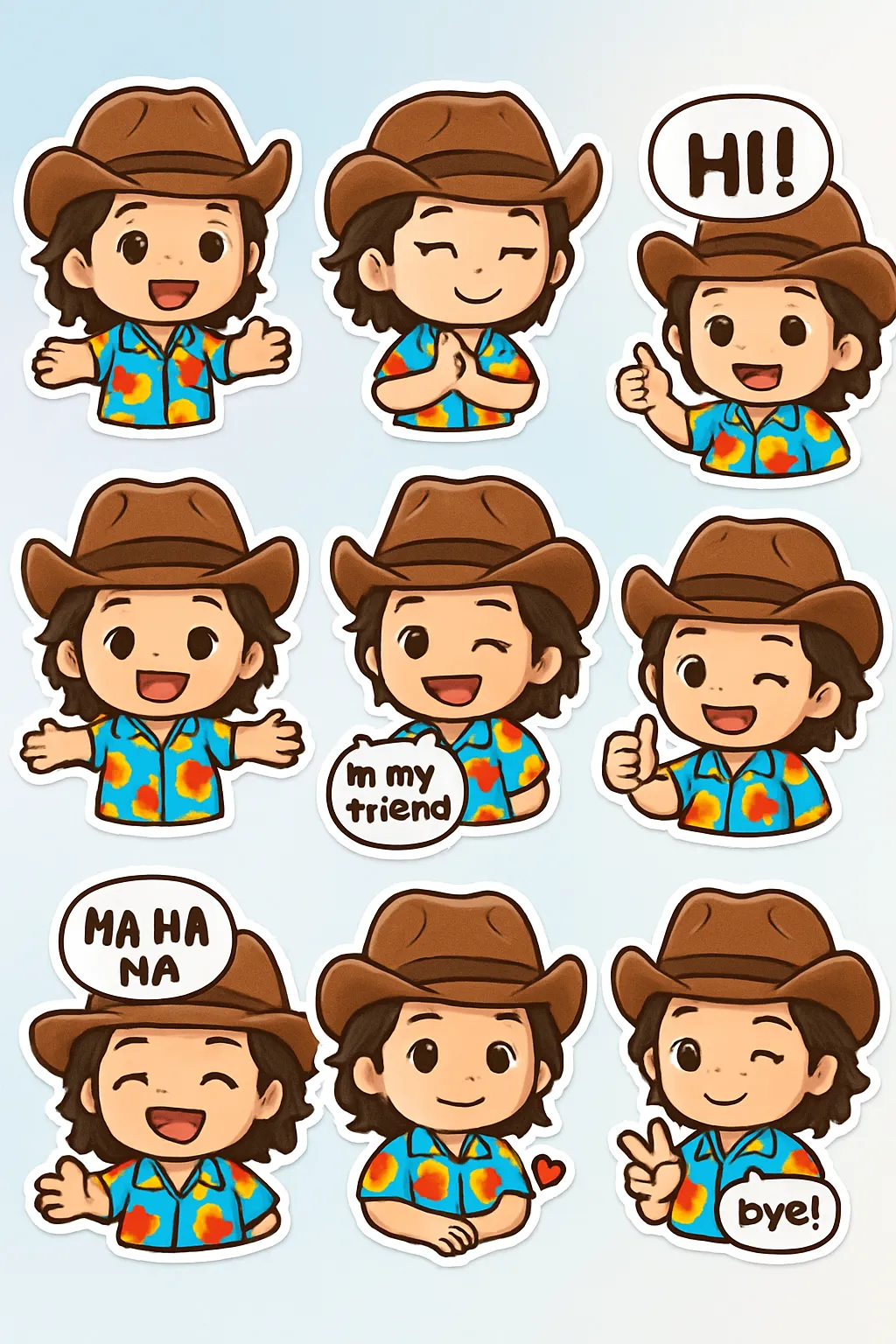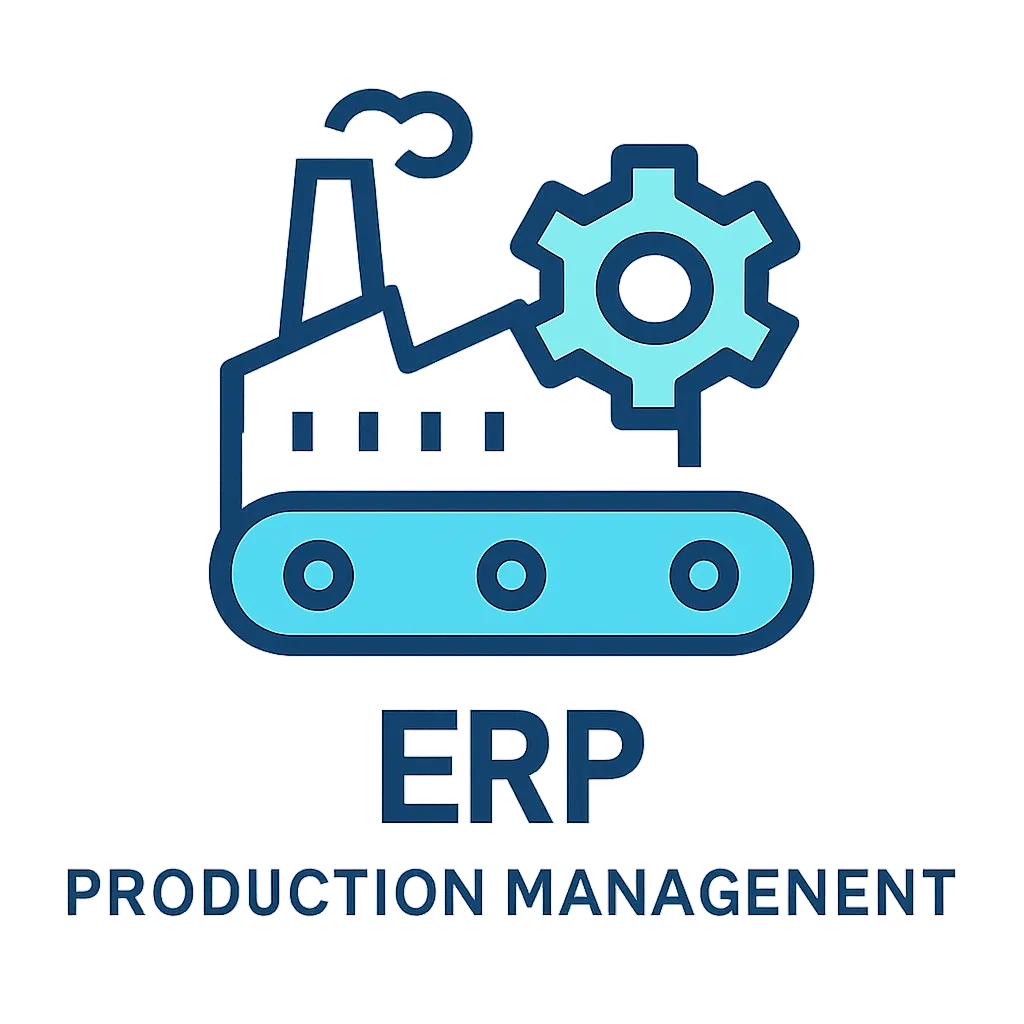.markdown1**Subject:** SavvyMoney Weekly Project Update | Week Starting 2025-05-26 2 3--- 4 5**Dear Jane Doe, John Smith,** 6 7Please find below the weekly status update for the SavvyMoney project for the week starting 2025-05-26. 8 9--- 10 11### Completed Tasks 12- [Completed Task Description 1] 13- [Completed Task Description 2] 14- [Completed Task Description 3] 15 16### Key Achievements 17- [Significant Accomplishment 1] 18- [Significant Accomplishment 2] 19 20### Issues / Blockers 21- [Issue Description 1] ([Owner Name], ETA: [Resolution Date/Status]) 22- [Issue Description 2] ([Owner Name], ETA: [Resolution Date/Status]) 23 24### Priorities for Upcoming Week 251. [Priority Task 1] ([Owner Name]) 262. [Priority Task 2] ([Owner Name]) 273. [Priority Task 3] ([Owner Name]) 28 29### Metrics 30- [Metric Name 1]: [Metric Value 1] 31- [Metric Name 2]: [Metric Value 2] 32- [Metric Name 3]: [Metric Value 3] 33 34### Additional Notes 35[Other relevant updates or context] 36 37--- 38 39Thank you for your attention. Please let me know if you have any questions or need further details. 40 41Best regards, 42SHpy Creative
Inputs used
Project_Name
SavvyMoneyWeek_Start_Date
2025-05-26Recipient_Names
Jane Doe, John Smith3.41
Weekly Stakeholder Report Template Generator
1 sample run
482 words
Verified
Private
This reusable weekly task report template is designed for clear, concise communication with stakeholders and clients. Optimized for busy executives, it organizes project progress, achievements, issues, and priorities into scannable sections, ensuring actionable insights and consistent reporting for Project_Name
3.41
Prompt body







